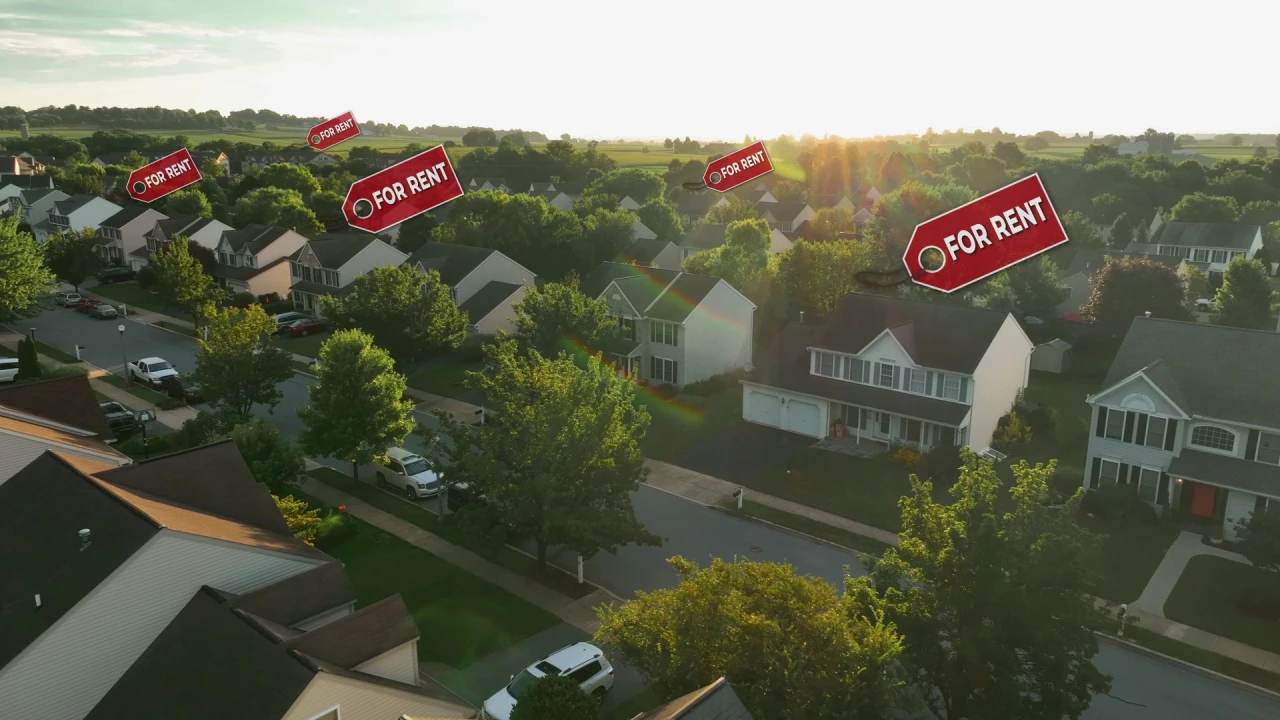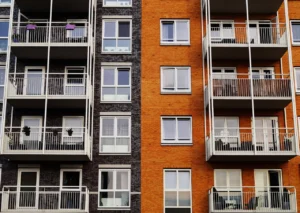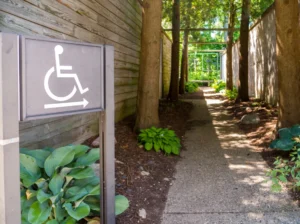The added rental supply could slow rent growth

Accidental Landlords Impact Single Family Rentals
Key Takeaways
- Homeowners unable to sell are increasingly renting out their properties, becoming “accidental landlords” and boosting single-family rental inventory.
- This shift is especially pronounced in Sun Belt markets where institutional investors like Invitation Homes and American Homes 4 Rent dominate.
- The added rental supply could slow rent growth and challenge pricing power for large-scale landlords already seeing retention and renewal rates soften.
A New Kind of Landlord
According to CNBC, with mortgage rates remaining high and buyers hesitant, more homeowners are abandoning their original plans to sell and instead listing their homes for rent. These reluctant landlords — coined “accidental landlords” — are creating new competition in the single-family rental (SFR) market.
This influx is particularly notable in Sun Belt metros like Atlanta, Phoenix, Dallas, and Charlotte, where institutional landlords already hold large stakes. In these areas, inventory of homes for sale has jumped more than 20% year over year, and many of those unsold homes are now hitting the rental market.
From Listing to Leasing
Case in point: Garret Johnson tried to sell his Dallas home after a job transfer to Houston, but when buyers didn’t bite, he pivoted to renting. While the rent doesn’t cover the mortgage, Johnson adjusted his loan terms and insurance to help manage costs — a strategy many accidental landlords are now exploring.
Need a Lease Agreement?
Access 150+ state-specific legal landlord forms, including a lease.
Institutional Investors Feel the Pressure
The entry of accidental landlords presents a growing challenge to institutional players like Invitation Homes (INVH), American Homes 4 Rent (AMH), and Progress Residential. While these firms have been able to command 4–5% rent increases and maintain 75% retention, those margins could tighten as competition grows and tenants gain more options.
Haendel St. Juste of Mizuho Securities warns that rent growth could slow to 1–2% in certain markets, reducing revenue upside for institutional landlords.
Not the First Time
The dynamic isn’t new. Similar patterns emerged in 2022 when rising interest rates sidelined buyers and left more owners hanging on to secondary properties.
Adding to the shift, large SFR firms are now pivoting toward build-to-rent developments rather than competing in the resale market. Still, more rental supply from accidental landlords could dampen occupancy rates or pressure rents further heading into 2026.
Why It Matters
This surprise supply stream complicates forecasts for rent growth and landlord profitability — particularly for institutional investors relying on scale and renewal margins. And with more for-sale homes likely to turn rental this fall and spring, the tension between professional landlords and part-time ones is likely just beginning.
What’s Next
Expect the build-to-rent trend to accelerate as institutional investors look to bypass the resale market. Meanwhile, accidental landlords may reshape rental dynamics in key markets — making this one of the more unexpected variables in the evolving SFR landscape.
Source: CREDaily













 Accessibility
Accessibility